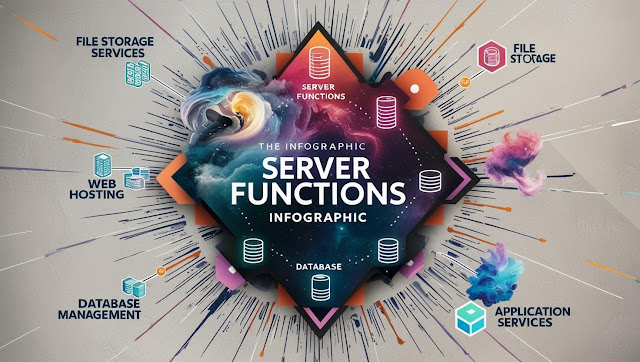Servers in Networking
Table of Contents
- What is a Server?
- Core Functions of a Server
- Types of Servers
- Client-Server Model
- Importance of Servers in Networks
What is a Server?
A server is a computer system or software application that provides services, data, or programs to other computers, known as clients, over a network. Servers are powerful machines designed to manage, store, send, and process data 24/7.
Core Functions of a Server
- File Hosting: Storing and sharing files between users and systems.
- Database Services: Managing and retrieving structured data using database software like MySQL or MongoDB.
- Web Hosting: Delivering website content through HTTP/HTTPS protocols.
- Application Services: Running applications that clients can access remotely (e.g., mail servers, game servers).
Types of Servers
- File Server: Shares files across a network.
- Web Server: Hosts websites (e.g., Apache, Nginx).
- Database Server: Manages databases (e.g., Oracle, PostgreSQL).
- Email Server: Manages and transfers emails.
- Application Server: Hosts and runs specific applications or services.
Client-Server Model
Importance of Servers in Networks
Tags:
application server
client-server model
database server
Network Components
Networking Basics
server roles
servers
types of servers
web hosting





